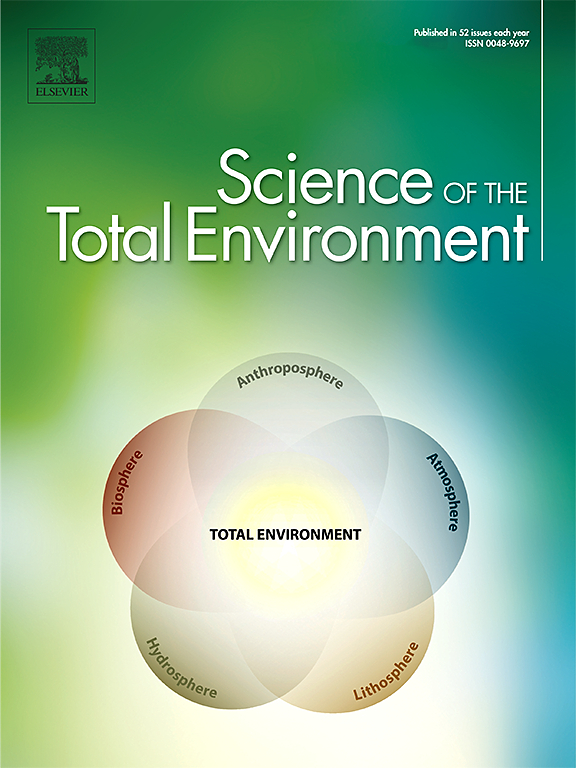A systematic literature review of environmental assessments of citrus processing systems, with a focus on the drying phase
IF 8.2
1区 环境科学与生态学
Q1 ENVIRONMENTAL SCIENCES
引用次数: 0
Abstract
Citrus processing results in a considerable quantity of citrus waste that must be treated in an environmentally friendly manner to minimise its overall impact and address the issue of resource circularity. The phase having the greatest environmental impact is the drying phase, since it requires a significant input of energy and time. This phase is essential for many valorisation strategies, as it facilitates the storage and transportation of citrus waste. To gain insight into the Life Cycle Assessment (LCA) of drying techniques, a Systematic Literature Review (SLR) was conducted in this study based on PRISMA statement. Eleven articles were reviewed, to understand the energy requirements and the environmental impacts associated with the process, along with the economical profitability. To that end, attention was focussed upon single- and multi-indicator LCAs. Results from the SLR showed that the drying phase makes citrus waste low valuable for energy valorisation employing gasification, with heat generation efficiency between 21 % and 25 %, or to produce biodiesel, with the impact greater than in conventional diesel usage for a vehicle. Sustainable practices in which the drying phase has a lesser impact include incineration and animal feed. In both cases, dehydration was performed with an industrial direct kiln, requiring the consumption of fossil fuels. Indeed, citrus waste has low thermal potential (low heating value<4 MJ*kg−1), and its use for thermal energy would result in lower environmental performance than natural gas. Moreover, using citrus waste as a feed additive for livestock is feasible, provided that the distance between the livestock and citrus processing facilities is assessed for sustainability.

求助全文
约1分钟内获得全文
求助全文
来源期刊

Science of the Total Environment
环境科学-环境科学
CiteScore
17.60
自引率
10.20%
发文量
8726
审稿时长
2.4 months
期刊介绍:
The Science of the Total Environment is an international journal dedicated to scientific research on the environment and its interaction with humanity. It covers a wide range of disciplines and seeks to publish innovative, hypothesis-driven, and impactful research that explores the entire environment, including the atmosphere, lithosphere, hydrosphere, biosphere, and anthroposphere.
The journal's updated Aims & Scope emphasizes the importance of interdisciplinary environmental research with broad impact. Priority is given to studies that advance fundamental understanding and explore the interconnectedness of multiple environmental spheres. Field studies are preferred, while laboratory experiments must demonstrate significant methodological advancements or mechanistic insights with direct relevance to the environment.
 求助内容:
求助内容: 应助结果提醒方式:
应助结果提醒方式:


